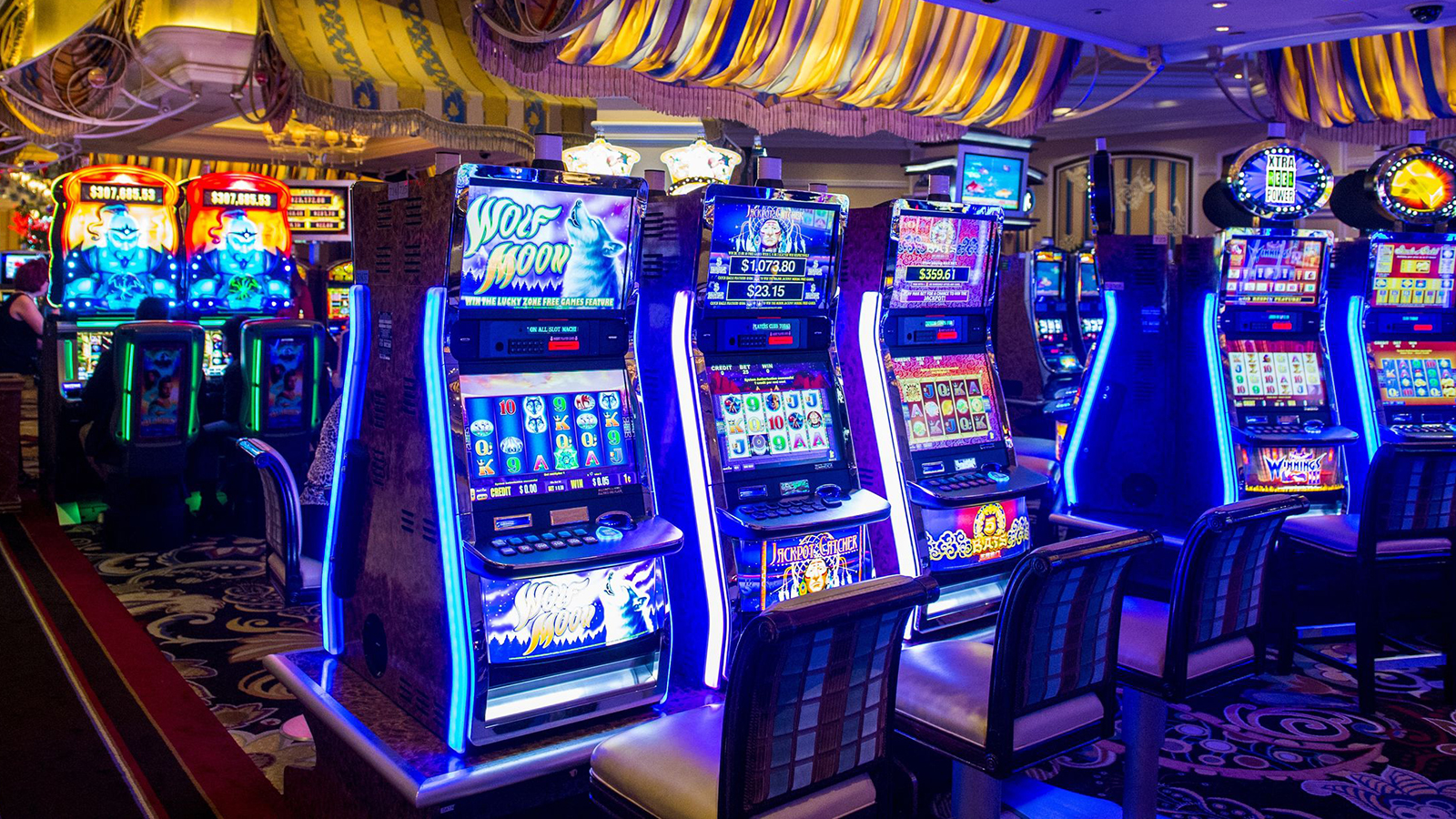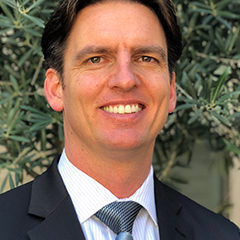
 Introducing Michael Minniear, Raving Partner, Data Analytics
Introducing Michael Minniear, Raving Partner, Data Analytics
As the industry (and Raving’s gaming and hospitality clients) relies more and more on data-based decision-making, we’ve been on the search to add to our data analytics team. We’re thrilled to say that Michael Minniear has joined us as a Raving Partner. You’d think talking to this super-smart guy with a degree in Aeronautical Engineering from Cal Poly, San Luis Obispo, topics such as data analytics technologies, artificial intelligence or big data would be difficult or unrelatable, but it’s quite the contrary. Michael has a delightful way of communicating how the answers to our questions always lie within the data we already have. Our clients tell us he makes the most complicated seem simple, and his enthusiasm is contagious. Who knew that spreadsheets and numbers could be, well, so fascinating? Meet Michael!
He’s passionate about all things data, and readers can look forward to future analytics articles focused on business development strategies, slot yield solutions (see below), forecasting, service optimization, and marketing. Prior to becoming a Raving Partner, Michael worked to advance data analytic strategies at Pechanga Resort and Casino in Temecula for over 10 years.
Please help us welcome Michael to the Raving team!
Deana Scott
Raving CEO
Slot Machine Management: What We’re Missing in Our Metrics
Michael Minniear
There is perhaps no more fundamental law in the governing of business than the Law of Supply and Demand. It’s hard to imagine any business model in the world that does not apply this law to optimize business profits. Casino slot machines, however, appear to be an exception.
Understanding WPU
Slot machine management is often based on a primary metric used commonly throughout the industry: Win Per Unit (WPU). Win per unit is the amount of win, whether theoretical or actual, that a machine averages over a defined period of time, such as Win Per Unit Per Day (WPUPD). Combined with another metric called house average or the average WPU of the floor, this metric is often used as a basis for decisions regarding slot machine purchases, movements, theme changes and configurations. Given the success of slot machines at most casinos, all signs seem to indicate this metric is working just fine.
WPU and the Law of Supply and Demand
What is bothersome is that WPU seems outside the fundamental laws of supply and demand. Is WPU a reflection of demand? Not really, no. Often times the highest WPU will be on High Limit slot machines, but you’ll likely be hard pressed to see them played much. On the other hand, there are some machines that are always occupied, but when you look at the WPU it is well below house average. So, if WPU does not indicate demand what does?
What is Our “Demand?”
Unfortunately, there is no clearly defined “demand” metric in the industry. What is demand on a slot machine? What are we actually selling? Can we quantify a supply? How about a price? If we can quantify these things, can they be optimized? After much deliberation on this subject the answer is yes.
Casinos sell games, and they sell one game at a time. On a Blackjack game they are called hands, but on a slot machine they are called pulls. What’s the price of those pulls? To a player, the price is the price to pull, whether $0.25 or $25 a spin. Casinos may be a little craftier in the price as the bet times the house advantage of the game, or the theoretical, but it’s a bit easier to just think of it as the bet per spin. The demand is the amount of customer pulls for any specific game, the supply is the number of pulls available, and the price is the distribution of price per pull. Got it! Well not quite.
Pulls Per Minute and Occupied Positions
If we use total pulls available, that’s a lot of pulls. If a machine can be played at 10 pulls per minute, that’s 10 pulls/minute x 60 minutes an hour x 24 hours a day or 14,400 pulls a day. Chances are there are few if any games that will come close to 14,400 pulls a day, even the busy ones. Using this method, it’s not uncommon to see utilization percentages of just 30% or 40%, even on busy games. That sure doesn’t seem like it needs a price adjustment. Besides that, EACH game can have a different pull rate. Some machines are eight pulls per minute, while some are 15 pulls per minute. In fact, if you want to artificially increase the perceived demand, just drop the pull speed and whamo! High demand!
I suggest another number is needed to truly understand occupancy, and that’s occupied positions. The funny thing about slots is if someone is sitting in front of it, no matter what speed they’re playing, that machine is “sold” and is no longer available for purchase. This is what you see when you walk a floor and look around. You’re looking at occupied positions at any one time. Determining the number of occupied positions (utilization) AND the number of pulls sold in that period (efficiency) is the best indicator of demand.
Now We Know Demand; Let’s Optimize Supply
Once we have this demand by customer segment, we can optimize the supply and pricing of the slot floor including slot movements, slot purchases, minimum bet, and house advantage optimized for your own customers. The evolution of slot management to this model has enormous potential for increased slot revenue. By defining a new set of metrics around supply and demand, a whole new world of slot optimization emerges, a very profitable world indeed.
Raving Expands Data Analytics Team: Introducing Michael Minniear Press Release







